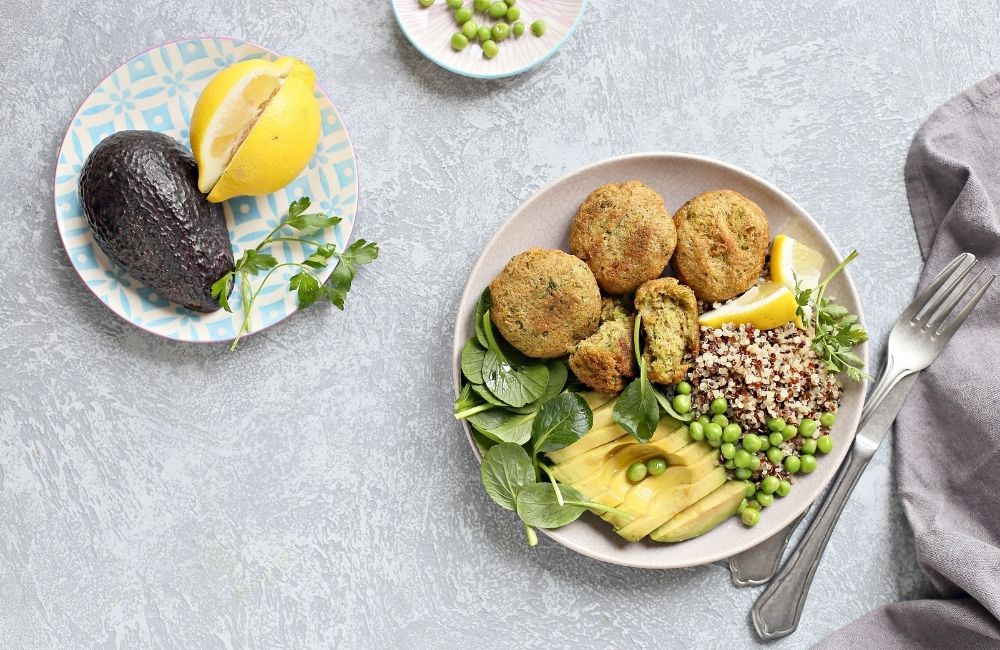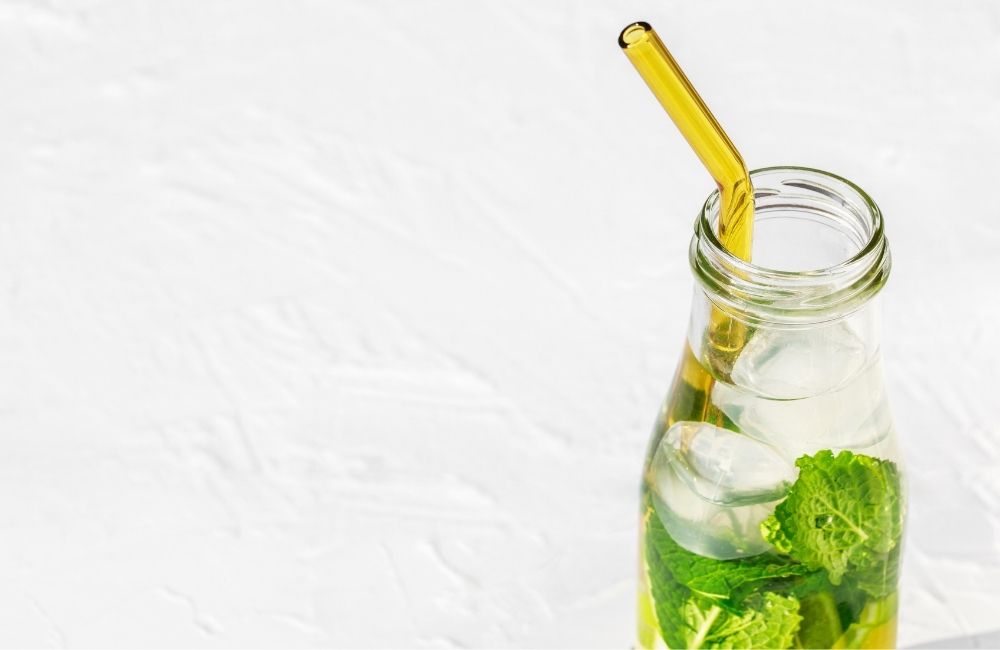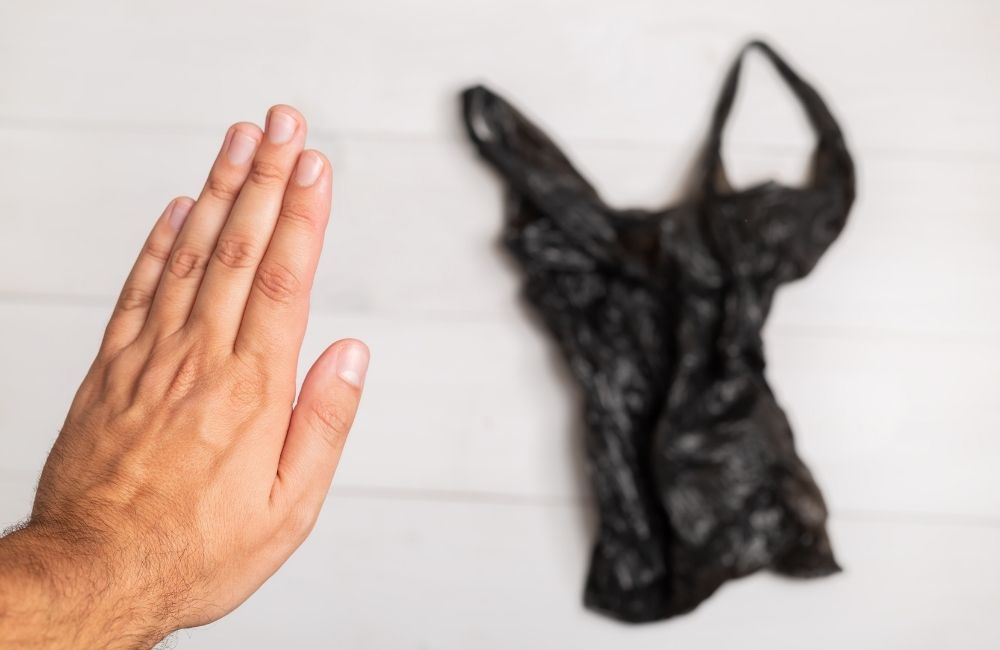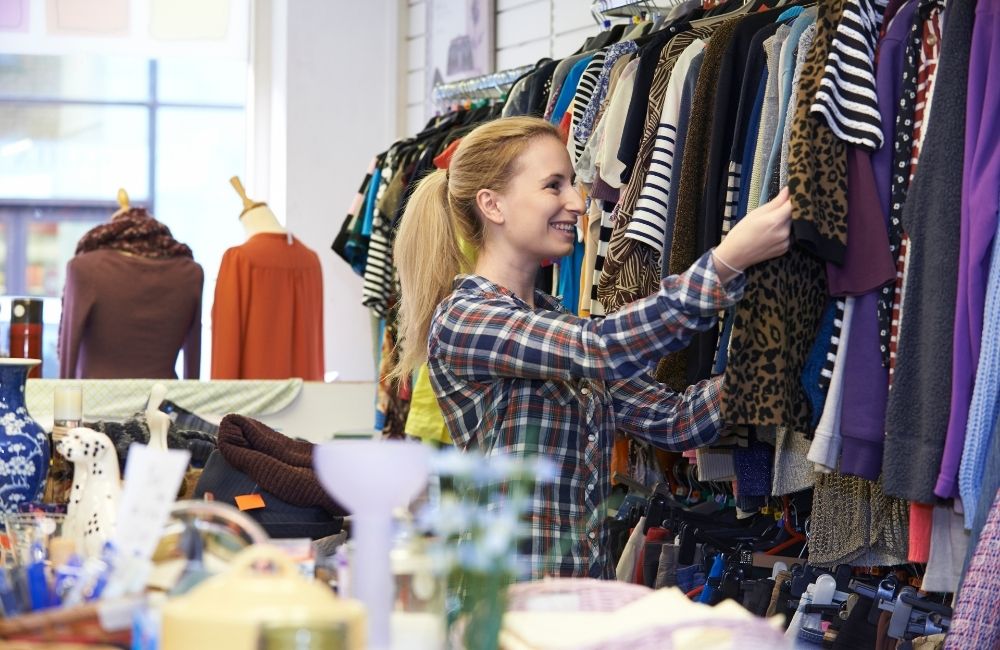As time goes on, it’s becoming easier to “go green”. In the past, eco-friendly living seemed nuanced at best and difficult at worst. However, larger companies have felt the tangible shift in public opinion.
Eco-conscious options are in high demand, and they’re finally being supplied.
With more ways to help the environment at your fingertips, where do you even start? Here are some easy ways to go greener in your daily life.
Table of Contents
1. Ditch the Gas Guzzler
Electric cars are nothing new. However, they are becoming more mainstream. With electric options more accessible than ever, the overall consumer habits are going to shift away from gas guzzlers. Just as Hummers were phased out, the same may happen to all gas-only vehicles.
While it may take a long time to completely eliminate gas stations, visible strides are being made toward a greener future for the automotive industry. More smart car charging stations are available every day, but if that is something you are worried about, you can even get a smart plug for electric cars.

2. Dabble in Plant-Based Foods
Similar to the growing accessibility of electric cars, there are more options for plant-based food than ever.
Consumer demand has allowed vegan and vegetarian meat alternatives to hit the shelves at grocery stores. Large fast-food chains are partnering with plant-based manufacturers to bring convenience to the industry.
One of the examples of this shift is the McDonald’s introduction of McPlant. Even if you still enjoy eating meat, you can contribute to the rise in popularity of plant-based products by supporting these new products. This will show that the demand is only increasing for these different options. After all, meat production is detrimental to the environment, matched only by vehicle emissions.

3. Use Glass Straws
While the debate is still out on whether or not plastic straws are the main cause of ocean pollution, it’s still best not to use them.
Seaspiracy, for example, is a documentary on Netflix that brings to light the fishing industry and its contribution to polluting the seas. However, there are researchers that beg to differ. What does this all mean to you? Well, stop sipping through a big smoothie straw made of harmful plastic, for one.
Even if plastic straws aren’t the main contributor to the ocean’s plastic issue, they are still wasteful. One of the best ways to stop using plastic straws is to purchase glass ones, instead. These are reusable and easy to clean, considering their transparent quality. Unlike metal straws, they don’t change the taste of your drink, and they are arguably more appealing to look at. Once you go glass, it can’t be surpassed.

4. Say No To Plastic Bags
Yes, plastic bags are still a fixture at most convenience, grocery, drug, and chain stores. However, some are making strides to make those bags recyclable.
In the meantime, it’s easy to purchase a cheap, reusable bag. In fact, you can find one that is complementary to your style. Think of it as an accessory.
Modern grocery stores, like Trader Joe’s, will even provide you with a reusable cotton bag as a thank-you for contributing to green practices. Stock up, and save the earth.

5. Thrift Shop ‘Til You Drop
Another hot debate surrounds thrift shopping. While shopping at secondhand stores can be fun, doing so flippantly can negatively impact the market.
Increased demand for thrifted items can raise prices, leaving little for those facing impoverished conditions to choose from. However, if you thrift consciously, it can have a positive impact on the environment.
Rather than spending frivolously at every thrift store you come across, simply buy what you need. Check local thrift shops before purchasing a one-off item at a department store or fast fashion online retailer. This has many benefits, like avoiding contributing to underpaid, overworked employees in outsourced factories.
Furthermore, you are, in effect, recycling clothing. Every article of clothing you get from a thrift store means less demand for fast fashion and mass manufacturing that releases toxic emissions into the atmosphere.
Another perk of thrifting is that, oftentimes, these secondhand stores will donate or recycle unpurchased clothing. By supporting the companies, they can continue to do this.

6. Support Eco-Conscious Brands
Along the same lines, you can invest in clothing pieces from ethical brands.
From t-shirts to handbags, premium and affordable brands are available. Look for phrases like “eco-conscious” and check out retailers’ FAQ sections. Find out where they source their cotton, how they manufacture their goods, and how they give back to their communities. Eco-friendly clothing is more modern-looking than ever, so you aren’t sacrificing style for going green.
Whatever you choose to incorporate into your day-to-day routine to go greener in daily life, it’s a step in the right direction. In no time, it will be a habit. You won’t even realize it, but you’ll be contributing to a greener society, one reusable bag, straw, or clothing item at a time.